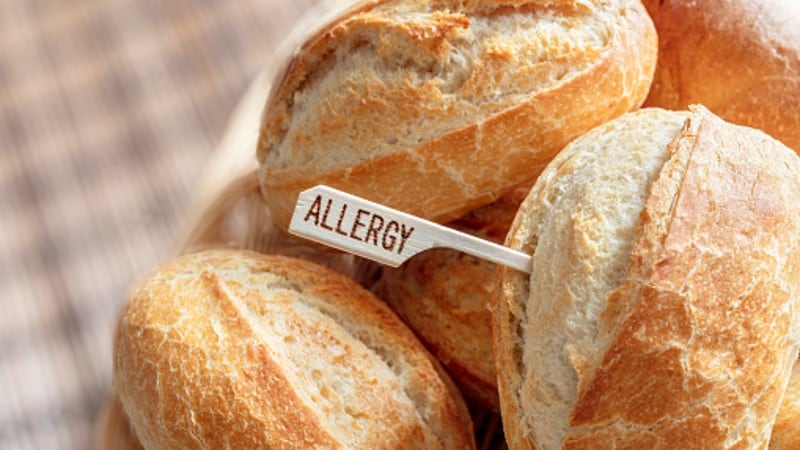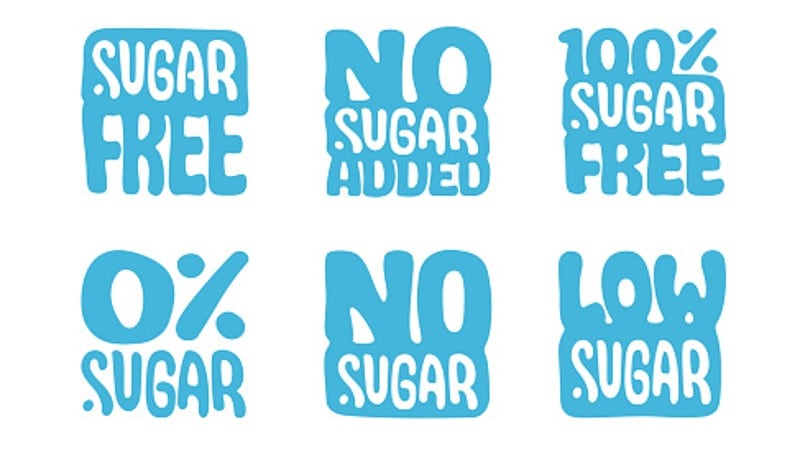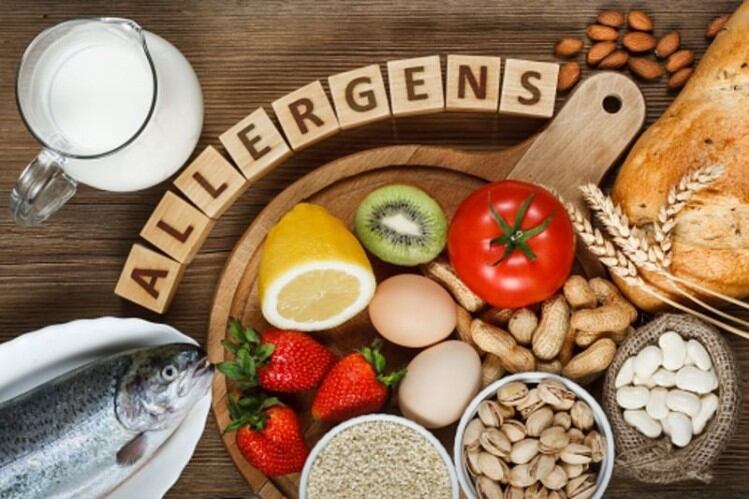New requirements for the labelling of food allergens on related products recently came into force on February 25 2024 by order of Food Standards Australia New Zealand (FSANZ) after nearly two-decade long reviews and assessments into the subject since 2006.
The regulations were developed under the FSANZ Plain English Allergen Labelling (PEAL) proposal, and now mandate all related food firms to declare any potential allergen information in a specific format and location on food labels, and using simple, plain English terms in bold font.
“These are crucial changes to help people find allergen information on food labels more quickly and easily, so they can make informed and safe food choices,” FSANZ told us.
“Our assessment had regard to best available scientific evidence, stakeholder views, and costs and benefits [and] as part of this work, FSANZ undertook a literature review, safety assessment and two rounds of public consultation.”
Food and beverage firms in Australia and New Zealand now have two years to make the transition until February 25 2026.
In response, New Zealand’s MPI has recently published a step-by-step guidebook complete with thorough checklists for these firms to follow and avoid any potential penalties from making accidental errors.
“Everyone that makes and sells food has a responsibility to give consumers the information they need to make safe choices - To enable consumers to make safe choices, it is now mandatory to declare the presence of common allergens in an ingredients list and a ‘contains’ statement,” MPI stated via formal documentation.
“The ingredients list must include all of the ingredients and the associated allergens, and the ‘contains’ statement is a summary highlighting the allergens present in the food.
“[MPI has prepared this] guide to help you understand what the rules are and what it means for your business.”
According to the guidebook, six important items to adhere to are to 1) Use required allergen names, 2) List the allergens in bold form within the ingredients list, 3) Use ‘fish’ or ‘mollusc’ or ‘crustacean’ as appropriate, 4) Use a mandatory ‘contains’ statement, 5) List ‘wheat’ as a separate allergen to ‘gluten’, and 6) Use individual nut names of the nine specified tree nuts.
“Some generic names such as ‘nuts’ are no longer allowed to be listed in the ingredients list – these must be specified as almonds, Brazil nuts, cashews, hazelnuts, macadamias, pecans, pine nuts, pistachios, or walnuts,” the ministry added.
“All allergens (except added sulphites less than 10 mg/kg) must be declared no matter how little is in the food – only some exemptions are applicable such as fully refined soy oil, distilled alcohol from wheat or whey or gluten/wheat in beer or spirits as these have been assessed as safe due to being manufactured in a way that makes them suitable for people with allergies.
“Consumers with food allergies can have a reaction that could be life threatening within minutes of eating the wrong food for them and even a small trace of an allergen can be life threatening, so it is important to maintain the integrity of allergen free foods.”
The guidebook and corresponding checklists can be found here.
Eighteen years in the making
FSANZ was first requested by Australia and New Zealand ministers to undertake a review of food allergen regulations back in 2006, which was published in 2010 and then followed by a review into the terminology used to declare these allergens on food labels in 2016.
Draft regulations were proposed in 2017 and opened to two rounds of public comment in 2018 and 2019, focused on making allergen information clearer and more consistent, including through the use of plain English.
This has long been a major challenge in both countries given the high rate of allergen-related food safety issues reported by FSANZ annually, and studies such as the HealthNuts study have consistently highlighted regulatory changes as an important step towards protecting vulnerable groups especially children.
Food allergies have been found to be particularly common in Australia compared to many other countries, with some 10% of all young infants below one year of age here having at least one food allergy and Australian-born Asia children having demonstrated exceptionally high risk to developing such allergies – this is postulated to be linked to a ‘mismatch’ between certain genes and the Australian environment.





